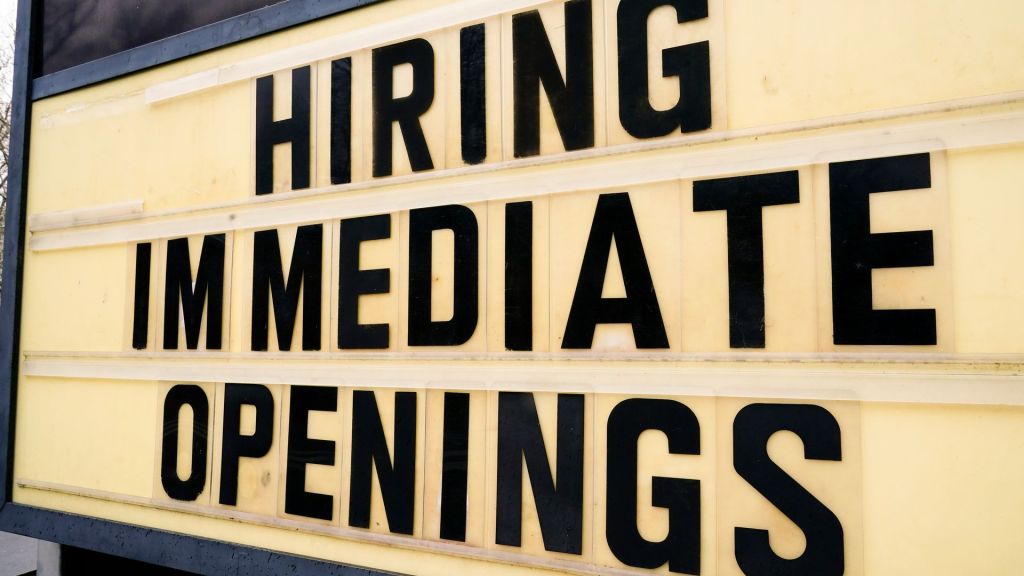SIMONE DEL ROSARIO: CREDIT TIGHTENING WAS ALREADY ON THE TABLE ACROSS THE BOARD, BUT SMALLER BANKS ARE GETTING HIT TWICE AS HARD RIGHT NOW. AND THAT’S GOING TO HAVE AN OUTSIZED IMPACT ON SMALL BUSINESS. LET ME EXPLAIN.
IN THE WEEK FOLLOWING SILICON VALLEY BANK’S TROUBLES, CUSTOMERS YANKED DEPOSITS OUT OF SMALLER BANKS AND MOVED THE MONEY INTO BIGGER BANKS, FEELING MORE CONFIDENT THE GOVERNMENT WOULDN’T LET THOSE BANKS FAIL.
AND IT WASN’T JUST A LITTLE BIT. THE LATEST FEDERAL RESERVE DATA SHOWS THE TOP 25 BANKS IN THE COUNTRY GAINED 120 BILLION IN DEPOSITS FROM MARCH 8TH TO MARCH 15TH.
WHILE ALL THE OTHER BANKS BELOW THAT LOST NEARLY 185 BILLION. THE LARGEST WEEKLY DECLINE ON RECORD.
IAN SHEPHERDSON, CHIEF ECONOMIST, PANTHEON MACROECONOMICS: And you have bank management thinking ok how do we survive this now well we probably don’t do it by lending.
SIMONE DEL ROSARIO: BANKS USE DEPOSITS TO FUND LOANS. SO NOW ALL OF THESE BANKS THAT LOST DEPOSITS – ARE GOING TO TIGHTEN CREDIT EVEN MORE. AND WHO USES THESE BANKS? SMALL AND MEDIUM-SIZED BUSINESSES. ACCORDING TO UBS – SMALLER AND REGIONAL BANKS HOLD 40% OF THESE COMPANIES’ LOANS AND DEBT.
IAN SHEPHERDSON: Bank credit is the lifeblood of small businesses and most people work for small businesses they drive a huge amount of economic activity and they’re really gonna struggle.
SIMONE DEL ROSARIO: AND IN SOME WAYS – THEY ALREADY ARE.






